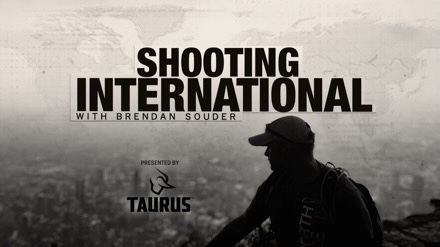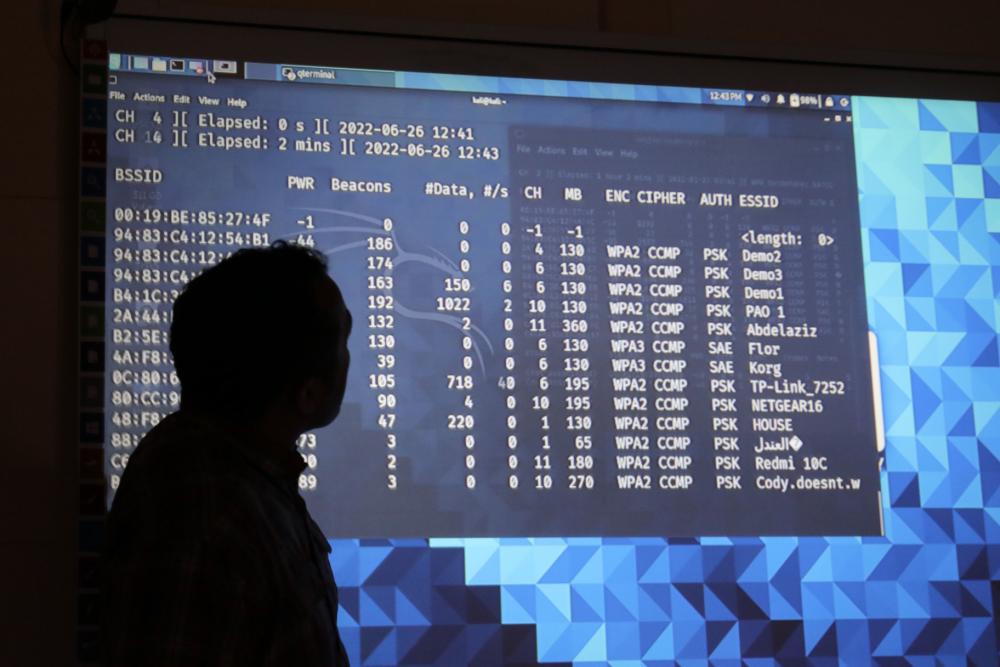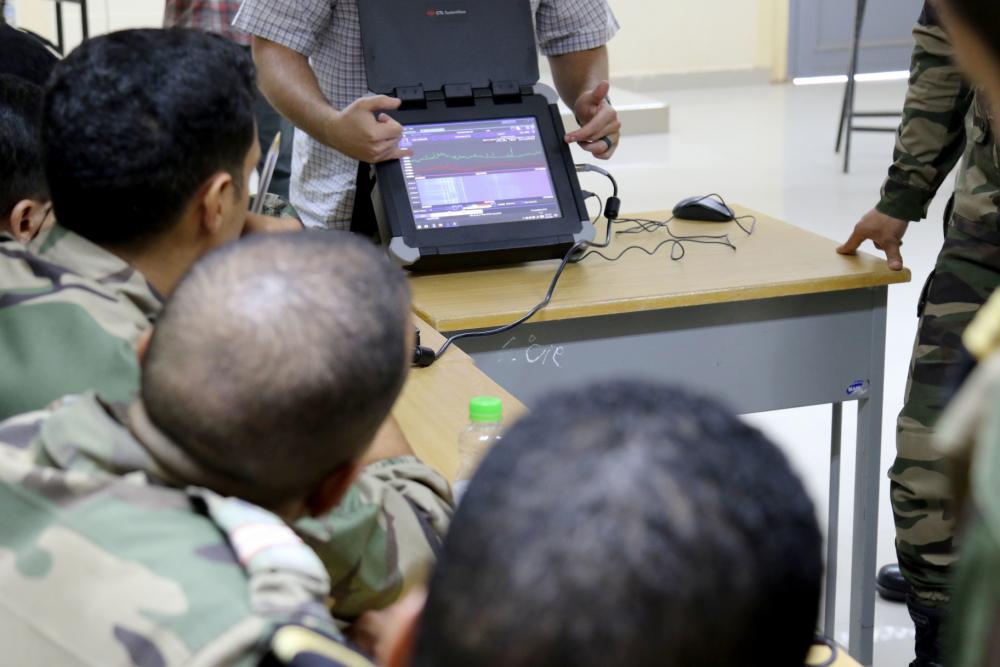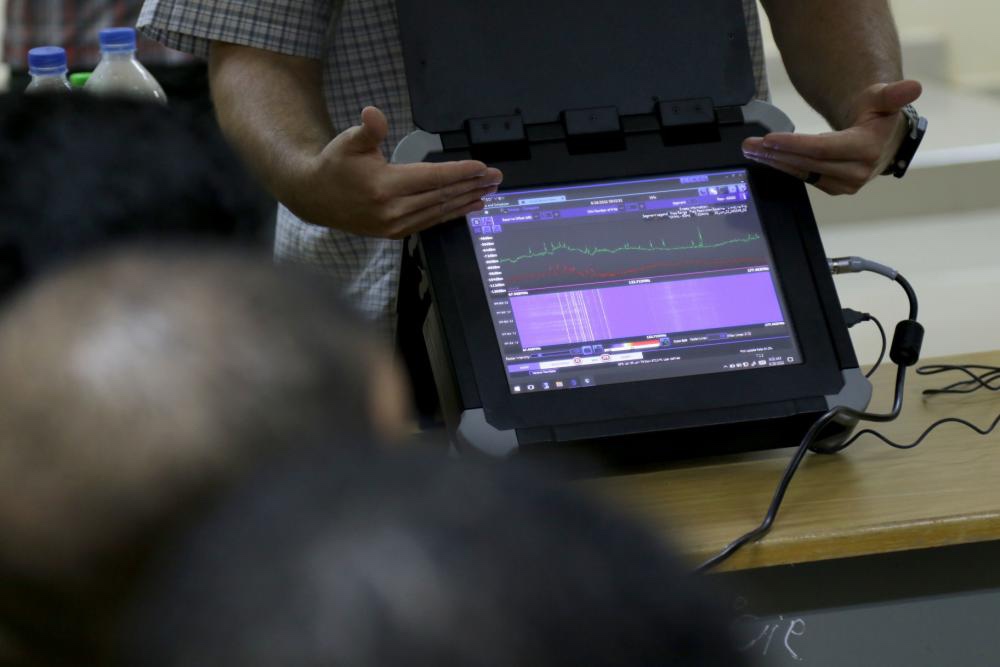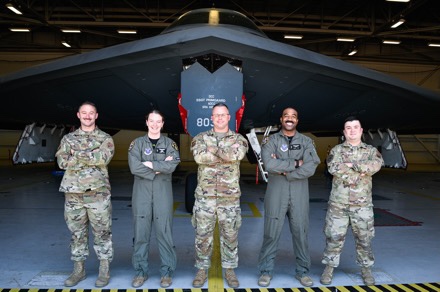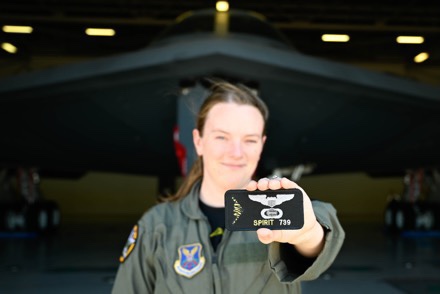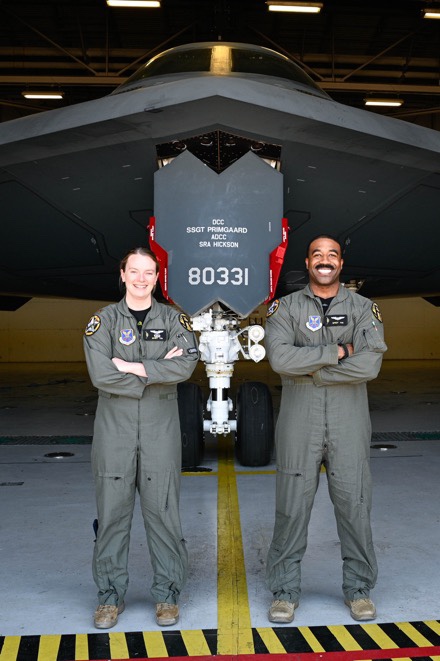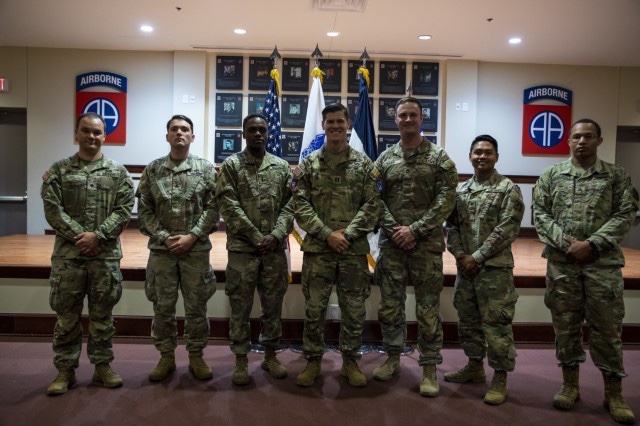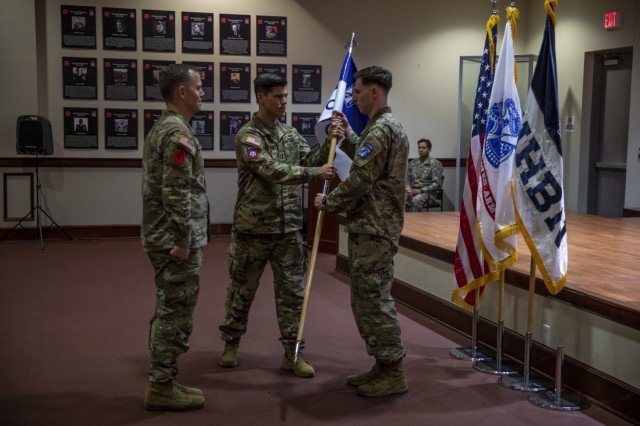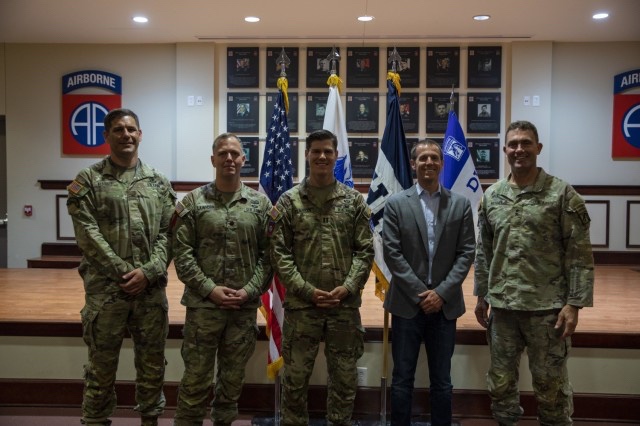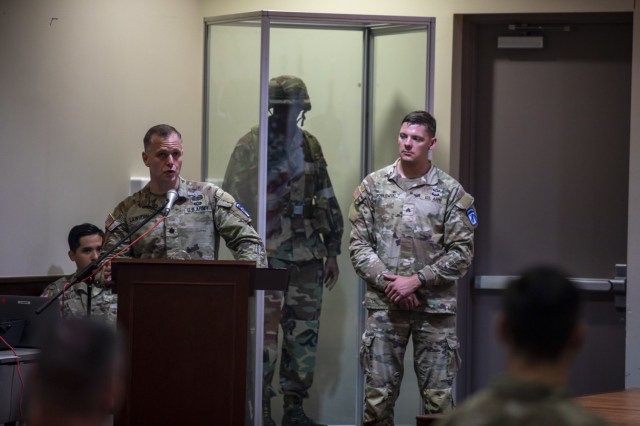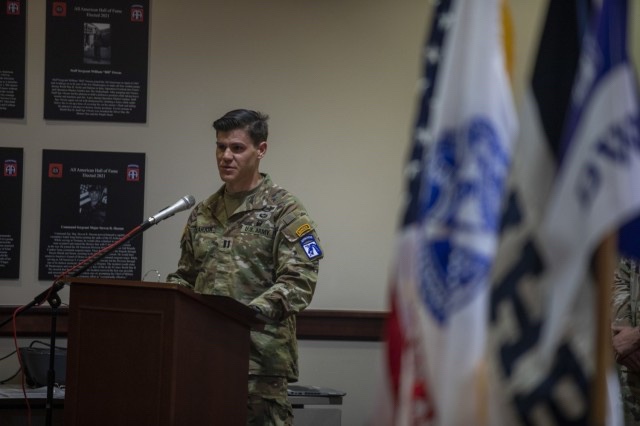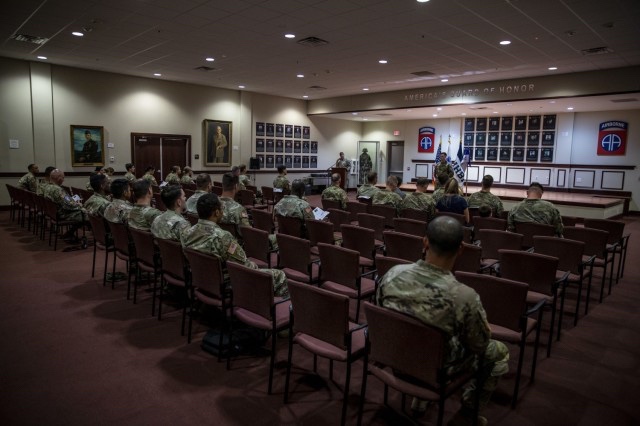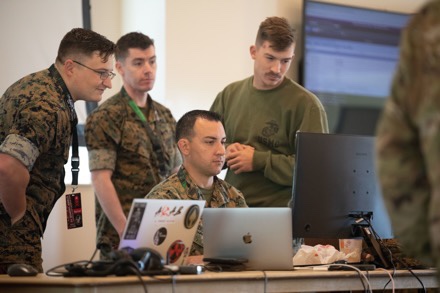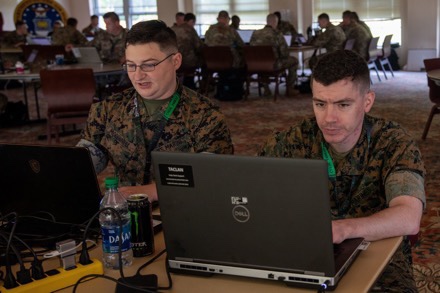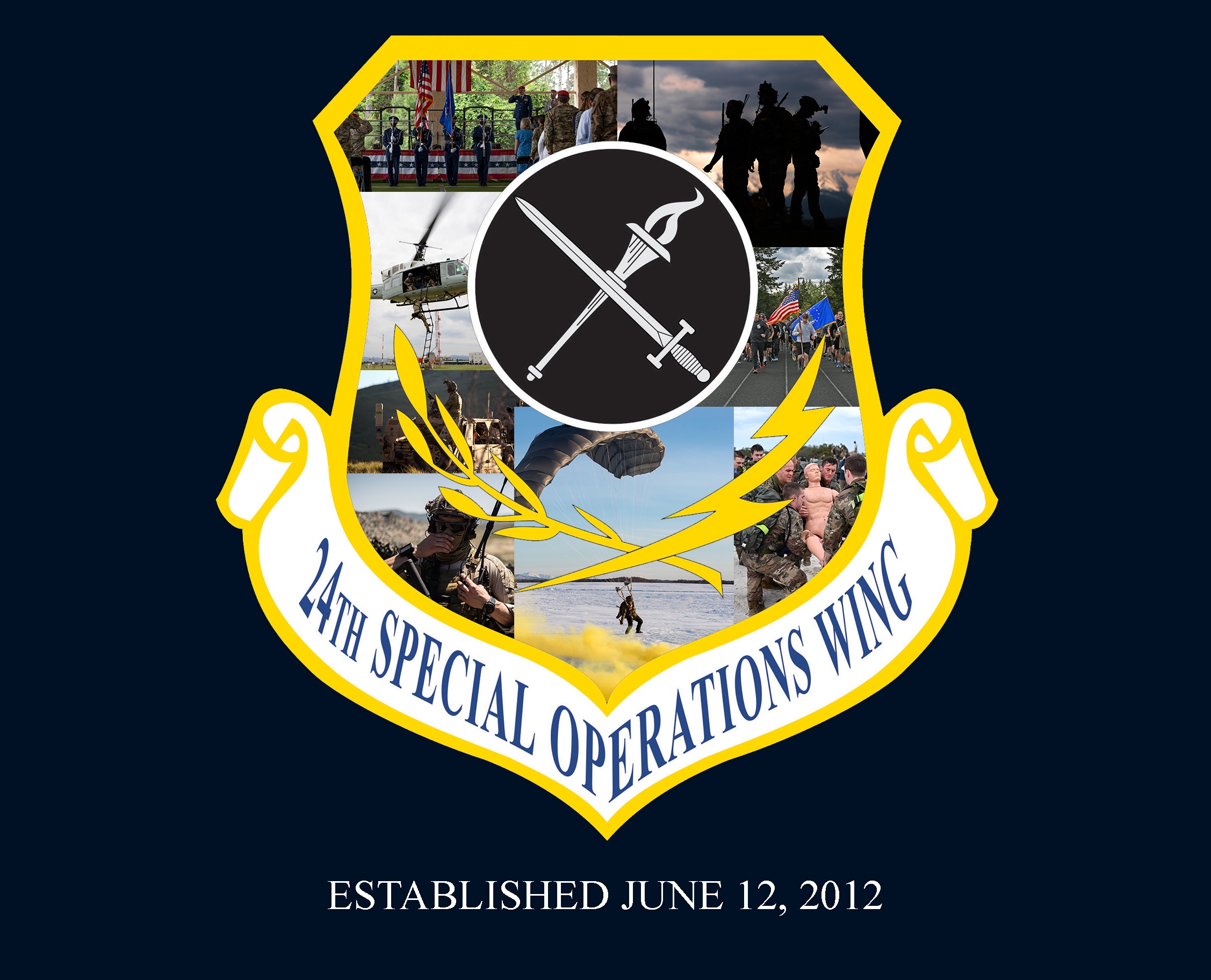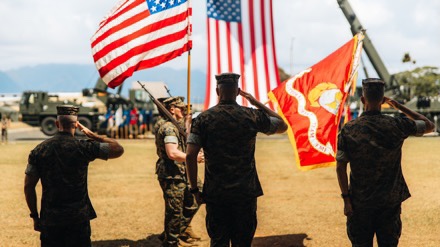
MARINE CORPS BASE HAWAII —
The U.S. Marine Corps redesignated 1st Battalion, 3rd Marines as the 3rd Littoral Combat Team and realigned Combat Logistics Battalion 3 under the 3rd Marine Littoral Regiment during two ceremonies held here June 23 and 24, 2022.
These actions, along with the activation of the 3rd Littoral Anti-Air Battalion in February, advance the Marine Corps’ Force Design 2030 modernization effort and mark the complete assembly of the 3rd Marine Littoral Regiment’s subordinate units. While the 3rd MLR is not envisioned to be fully operational for several years, these milestones represent substantial progress toward that end.
“This is a significant moment in Marine Corps history,” stated Col. Timothy S. Brady, commanding officer, 3rd Marine Littoral Regiment. “This transformation began two years ago when the Commandant of the Marine Corps laid out his guidance for the force of the future in Force Design 2030. Force Design 2030 is not static. We will continue to change and adapt through experimentation and training. We’ve been doing it since 1775, and nobody does it better than the United States Marines.”
The 3rd LCT will be organized, trained, and equipped to support sea control and sea denial operations in actively contested maritime spaces. The unit is purpose-built to integrate with naval platforms and units and to enable joint and allied organizations. 3rd LCT will conduct reconnaissance and counter-reconnaissance, employ and enable multi-domain fires, and establish expeditionary sites to support a naval expeditionary force’s maritime campaign across the competition continuum.
“We are ready for the future; we are ready to train. We are showing up, ready to enhance the MLR’s number one priority; warfighting.”
-LtCol Osman Sesay, commanding officer, Combat Logistics Battalion 3
The 3rd LCT is organized with a headquarters company, three infantry companies, and a medium missile battery. When fully equipped, the medium missile battery will enable the Marine Littoral Regiment to target and strike maritime targets with anti-surface fires or provide battlefield intelligence to other platforms across the joint force in support of naval objectives.
CLB-3 is organized and trained to provide tactical logistics and explosive ordnance disposal support to sustain the 3rd Marine Littoral Regiment’s operations. CLB-3 will conduct ground supply operations, ground equipment maintenance, explosive ordnance disposal, prepositioning supplies, general engineering operations, operational contract support, transporting supplies and equipment on land and from sea-based connectors, and provide health services.
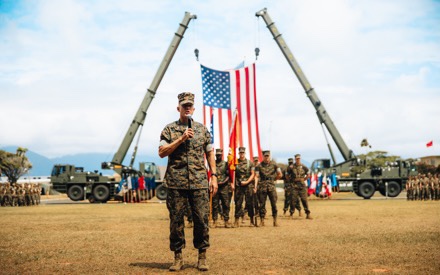
“We are happy to join this new formation,” stated Lt. Col. Osman Sesay, commanding officer, Combat Logistics Battalion 3. “We are ready for the future; we are ready to train. We are showing up, ready to enhance the MLR’s number one priority: warfighting.”
The presence of 3rd MLR’s subordinate units allows for extensive training, experimentation, and wargaming. These units will continue to vigorously train, evaluate, adapt, and overcome to ensure the Marine Corps stays ready to fight on future battlefields.
“Through all of this change, one thing will always remain the same: our Warrior Ethos,” stated Col. Brady. “We are more lethal today than we have ever been in our history. We stand prepared and ready to fight now as part of the 3rd MLR and 3rd Marine Division.”
From July 1 to August 7, the 3rd MLR will participate in the Rim of the Pacific exercise, where it will conduct expeditionary advanced base operations in support of joint, allied, and partnered forces.
For additional information on the MLR, contact 1stLt Isaac Liston at Isaac.liston@usmc.mil.
Story by 1stLt Isaac Liston, 3rd Marine Division
Photos by Cpl Patrick King


